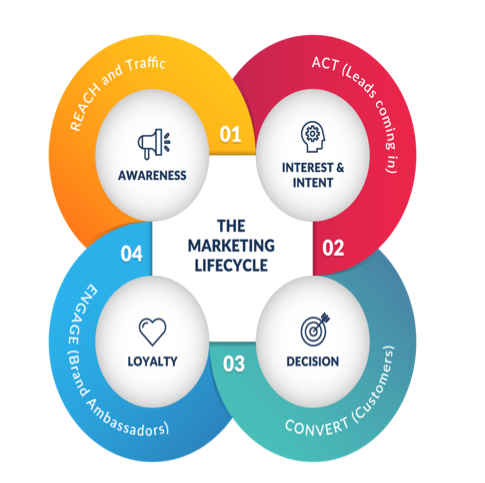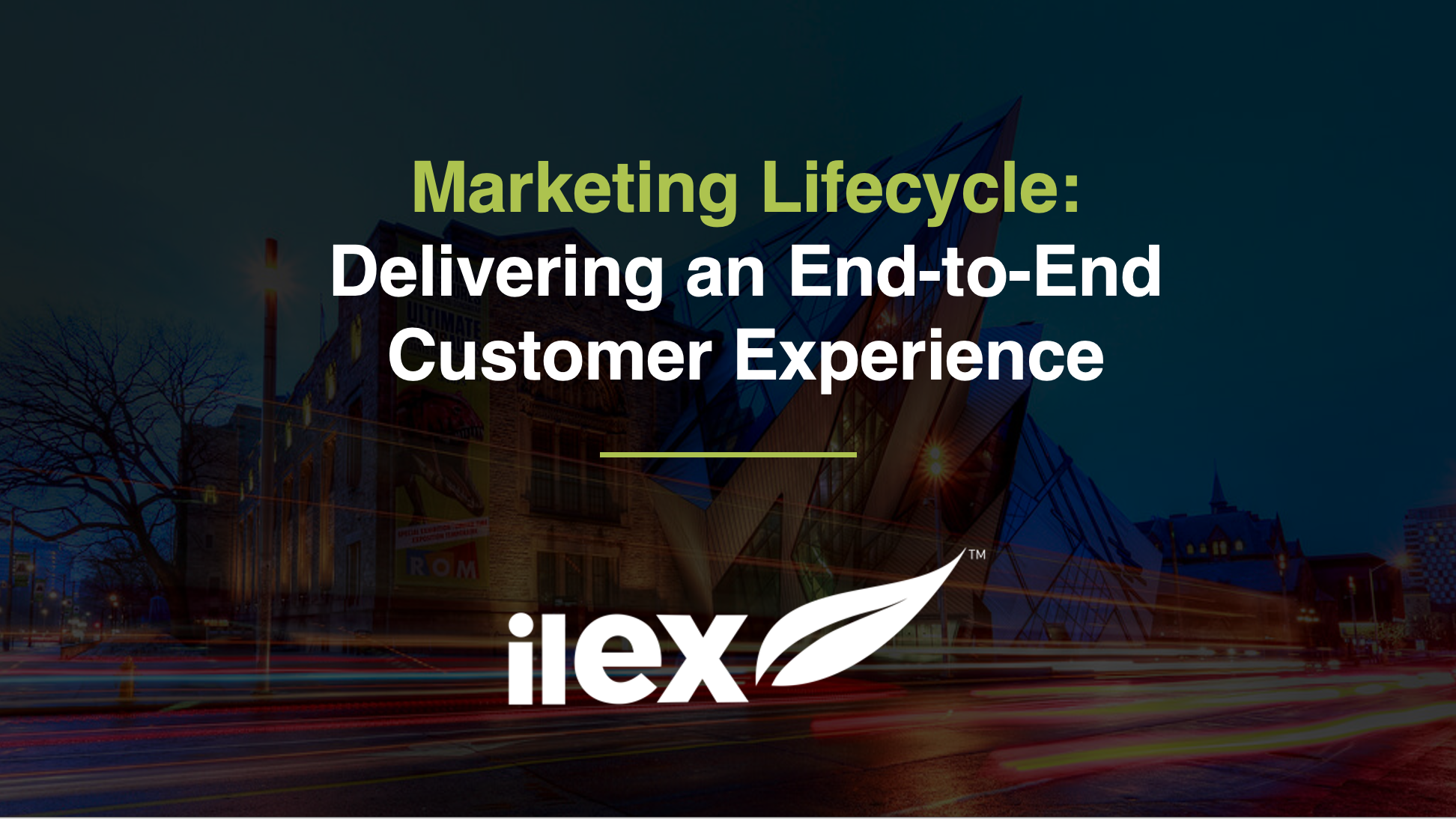In present-day business, it is simply not enough for B2B tech and telecom companies to have a strong product or service in the hopes that customers will continue to purchase them. It goes far beyond product consumption itself.
Customers expect positive relationships with the brands that they choose, which involves a high level of interaction from the companies they are buying from. According to Walker, customer experience (CX) is anticipated to overtake both product and price as a key brand differentiator by 2020.
A common occurrence with many B2B organisations is the inability to understand when CX begins. Most believe that CX commences when the customer makes a transaction in the form of buying a product or service. However, the premises of CX is developed when the customer needs a solution, which is induced at the decision stage of their customer journey. At this stage, companies should make sure that each interaction, whether it be a general enquiry or transaction, is as seamless as possible.
According to CXM, 76% of customers feel that having a positive CX with a company is more important than the product itself.
B2B companies need to think more about the end-to-end CX, where customers can develop feelings, whether positive or negative, at any point before or after the sale period.
So, how do we deliver the end-to-end CX with marketing?
Putting Everyone on the Same Customer Journey
The first step that marketers should take is to rethink the customer journey. The days of the traditional marketing funnel are far behind us, which is why B2B marketers need to bypass the funnel and focus on ‘lifecycle marketing’. According to McCoy, the lifecycle is a more open approach where all customers are on one journey - whether they're current, potential, or past customers, they all need and can benefit from marketers' attention. Changing the approach can help to move people towards sales, alongside encouraging repeat sales and advocacy.

Buyer Personas: A Beginner's Guide
Content Creation and the Marketing Lifecycle
The Marketing Lifecycle has four stages, which marketers can use to enhance the end-to-end CX.
Awareness: The first point of exposure a potential customer has with your brand. Here, marketers should focus more on value and less on promotional content, in order to build authority around the brand and establish a level of trust.
Types of content that will attract customers at this stage:
- High-quality search engine optimisation (SEO) blogs that build brand awareness
- E-books
- Case studies
Interests and Intent: At this stage, customers have accumulated interest with your brand and have likely intent to buy your product or service. However, marketers tend to ignore potential customers, when all could take is a quick email to close the deal.
Types of content that will attract customers at this stage:
- Conversation in reference to booking consultations or messenger bots.
- Clear website navigation in terms of strong call-to-actions (CTAs).
- Whitepapers displaying client success stories.
Decision: This action is where the customer has decided to buy the product or service. The success of this stage depends on whether marketers have fulfilled information needs, answered questions, and built both authority and trust.
Types of content that will attract customers at this stage:
- Continuation of conversation to ensure any additional questions that the customer may have are covered.
- Positive reviews on trustworthy sites.
Loyalty: On the traditional sales funnel, this stage doesn't exist. Instead of neglecting customers, lifecycle marketing keeps them in the loop. It's all about providing consistent value to earn loyal brand advocates.
Types of content that will attract customers at this stage:
- Regular follow-ups via email marketing.
- Creating engaging content to keep these customers informed.
It has been established that end-to-end CX happens well before the product or services have been purchased. It is critical for B2B tech and telecom businesses to interact with customers throughout the journey - even after the sale.
If you struggle with delivering end-to-end CX, then why not contact our specialist team today.



